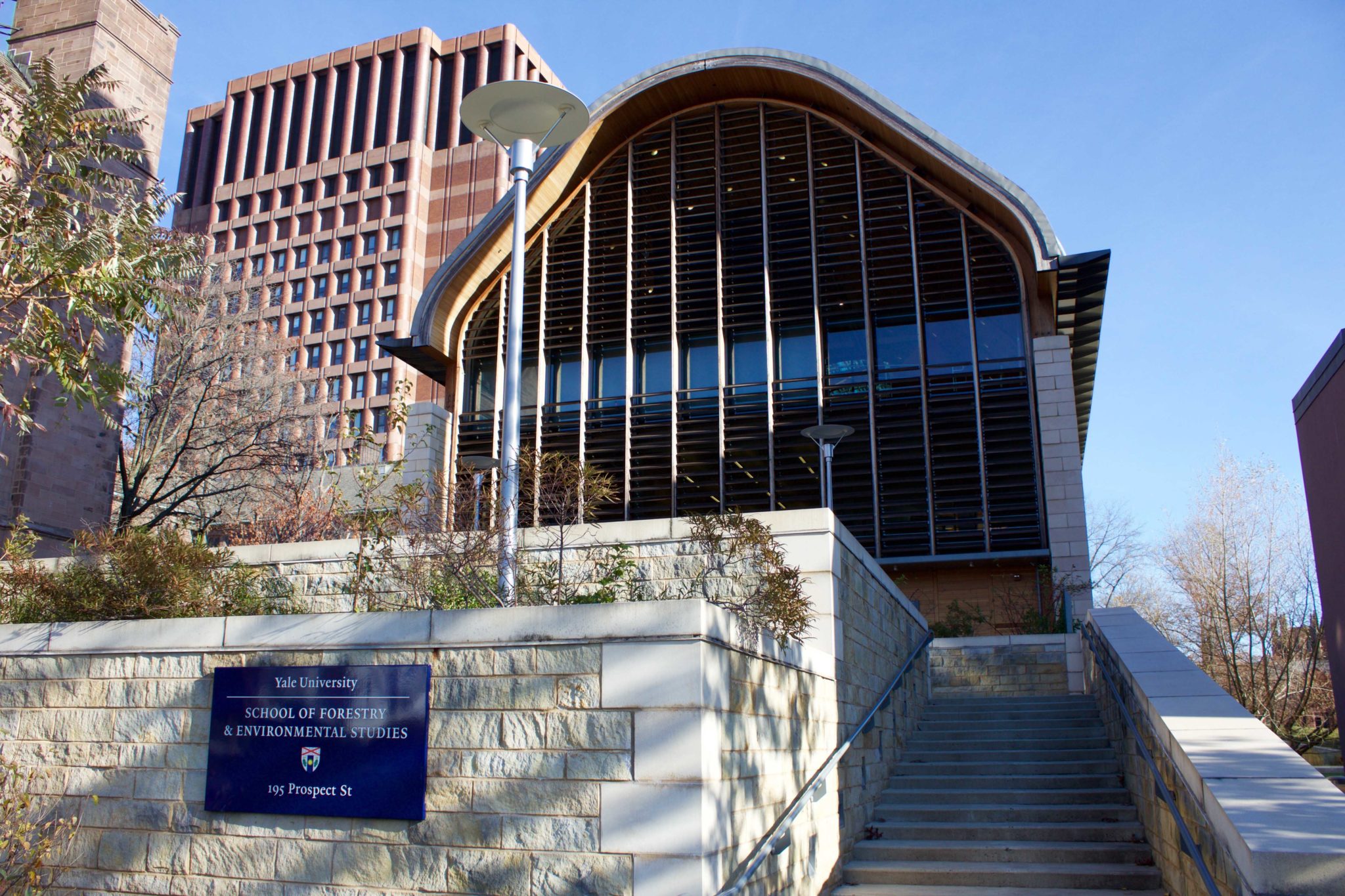
Yale Daily News
Yale researchers have joined the robust conversation regarding the Australian bushfires — a growing set of blazes that have drawn international statements ranging from climate activists lamenting koala deaths on Twitter to Russell Crowe appealing to the Golden Globes audience for change.
While emotional responses have dominated public discourse, researchers from the Ecology and Evolutionary Biology department as well as from the School of Forestry and Environmental Studies offered some clarity on the context of the fires. In interviews with the News, they applied their respective areas of expertise to address a variety of questions — how the fires started, why they are capturing world attention right now and what they mean for the ecosystem.
“It was devastating to watch this from a distance,” Patrick Baker FES ’93, a professor of Silviculture and Forest Ecology at the University of Melbourne who followed news of the fires while in Melbourne, wrote in an email to the News. “It will be a long time…before the entire region…recovers, before the forests that cover these landscapes recover.”
Two houses where Baker and his family had previously stayed on holiday burned to the ground due to the fires, he told the News. In addition to teaching, Baker works with the government of New South Wales, the state that contains Sydney and has been most affected by the fires. According to Baker, the government is working on “a forest monitoring program to report on the state of the forest over time and to inform forest management practices.” The program will also monitor the forests’ recovery from the fires this season, he said.
Still, he said the situation was complicated. While the fires have opened people’s eyes to the realities of climate change, “the causes are complex and the solutions will necessarily be complex, too.”
He added that the reports claiming that “millions of hectares of forest have been ‘destroyed’ misrepresent the situation.” Eucalypt forests, the kinds that have been burned, are “extremely well adapted to fire” and have the potential to recover rapidly under normal conditions.
Anabelle Cardoso, a postdoctoral associate in the Department of Ecology and Evolutionary Biology, echoed Baker. She said these ecosystems have “some kind of natural fire frequency,” so occasional fires are normal. But the reason for concern now is that plants don’t have long enough to recover in between fires, according to Cardoso.
Walter Jetz, the director of the Yale Center for Biodiversity and Global Change and professor of Ecology, Forestry & Environmental Studies spoke to the major consequences for Australia’s biodiversity and ecosystems.
“We worry about many globally unique ecosystems that occur only in Australia getting affected,” Jetz wrote in an email to the News. “Forever altering or entirely losing these ecosystems would mean future human generations will never be able to benefit from their original aesthetic, cultural, health, economic, or other benefits.”
While media reports have focused on the harm of the fires to koala populations, Oswald Schmitz, professor of Population and Community Ecology in the Yale University School of Forestry and Environmental Studies, said that the animals actually may be more resilient than other, lesser known species. He pointed to potoroos, which are “mouse or shrew sized little animals,” as being more affected “because they are in these reliced small habitats that are being burnt up.”
Research scientist and lecturer at the School of Forestry and Environmental Studies Jennifer Marlon said that the extremity of the fires can mostly be attributed to extreme heat and drought. Citing a Jan. 12 blog post from a colleague who studied the climate conditions, she said that each year on the continent has been successively hotter than the last on average. Further, the post said 2019 was the warmest and driest year ever recorded in Australia. Those conditions, she said, “are a recipe for unusual fires that are really hard to control.”
From there, Marlon said, a “hot and large fire starts to create its own weather” in the form of updrafts, “lofting particles and embers” high into the atmosphere. Winds created by the fires themselves can then spread the particles and embers to continue a cycle of wildfire production.
Regarding the starting of fires, Marlon warned against misinformation and said that while some climate change-denying Twitter accounts are attributing the fires to arson, only about 10 percent of the current fires in Australia were started intentionally, while the majority have been caused accidentally or by lightning strikes.
Despite winds, drought and some arson being short term causes of the fires, Schmitz said global warming is the primary cause.
“There is hope that these events will cause the current Australian government to take stronger steps in addressing greenhouse gas emissions,” Jetz said. “On the ground, a forest management that includes a greater frequency of previously naturally occurring small fires might help minimize the magnitude of future fire disasters.”
Common practice of forest management according to FES professor Graeme Berlyn now includes controlled burns and brush clearing, because houses — which cannot handle natural fires — stand in place of the trees.
Still, Schmitz said that local methods to prevent further destruction would be insufficient, stressing that the only long-term solution is putting an end to fossil fuel emissions.
About 16 million acres have burned in New South Wales and Victoria, according to the New York Times.
Giovanna Truong | giovanna.truong@yale.edu
Maya Weldon | maya.weldon-lagrimas@yale.edu







